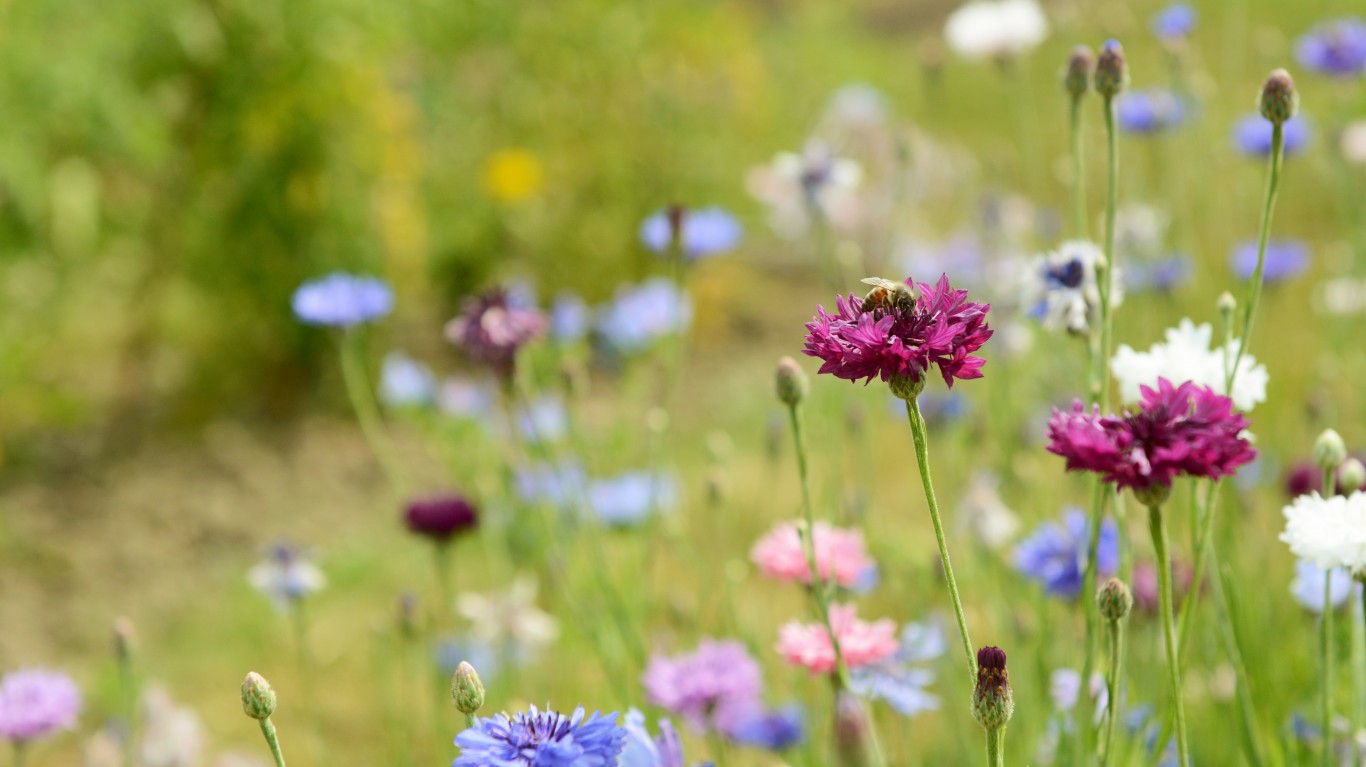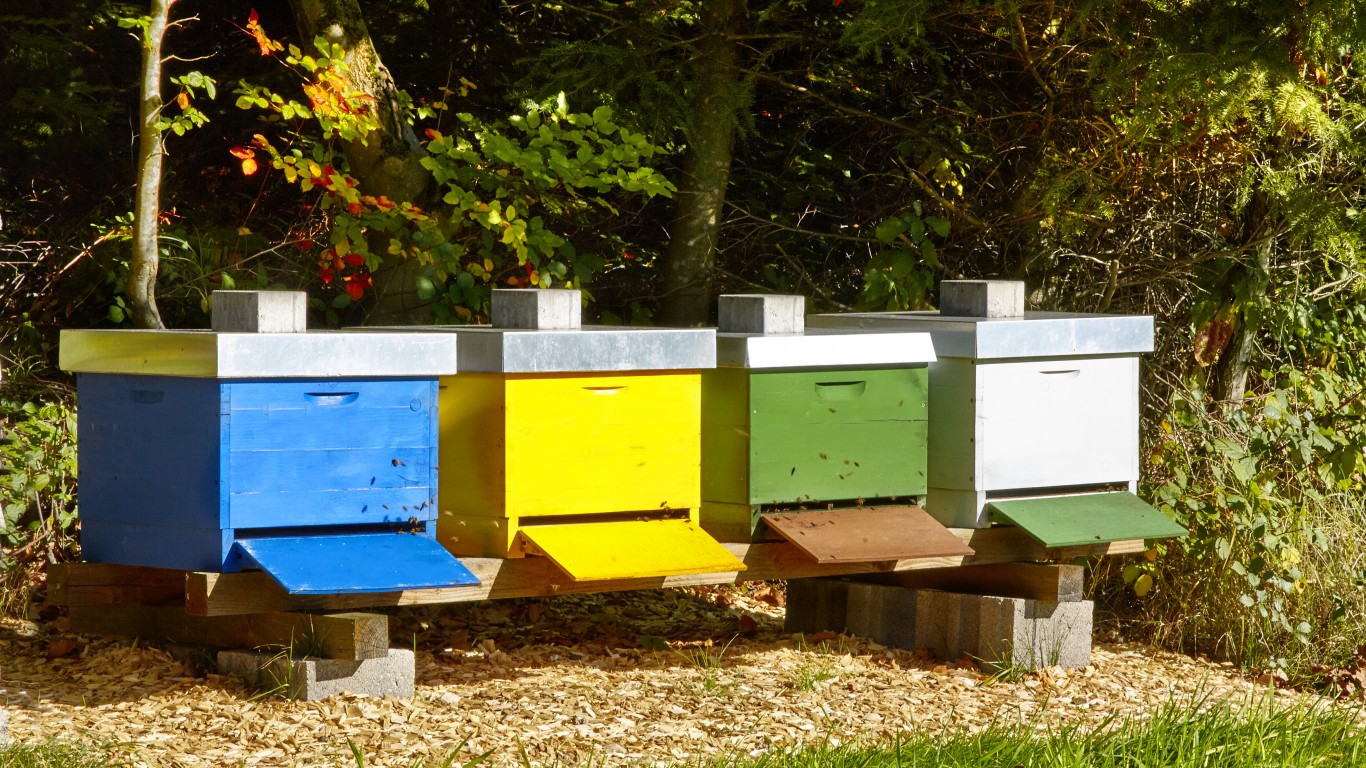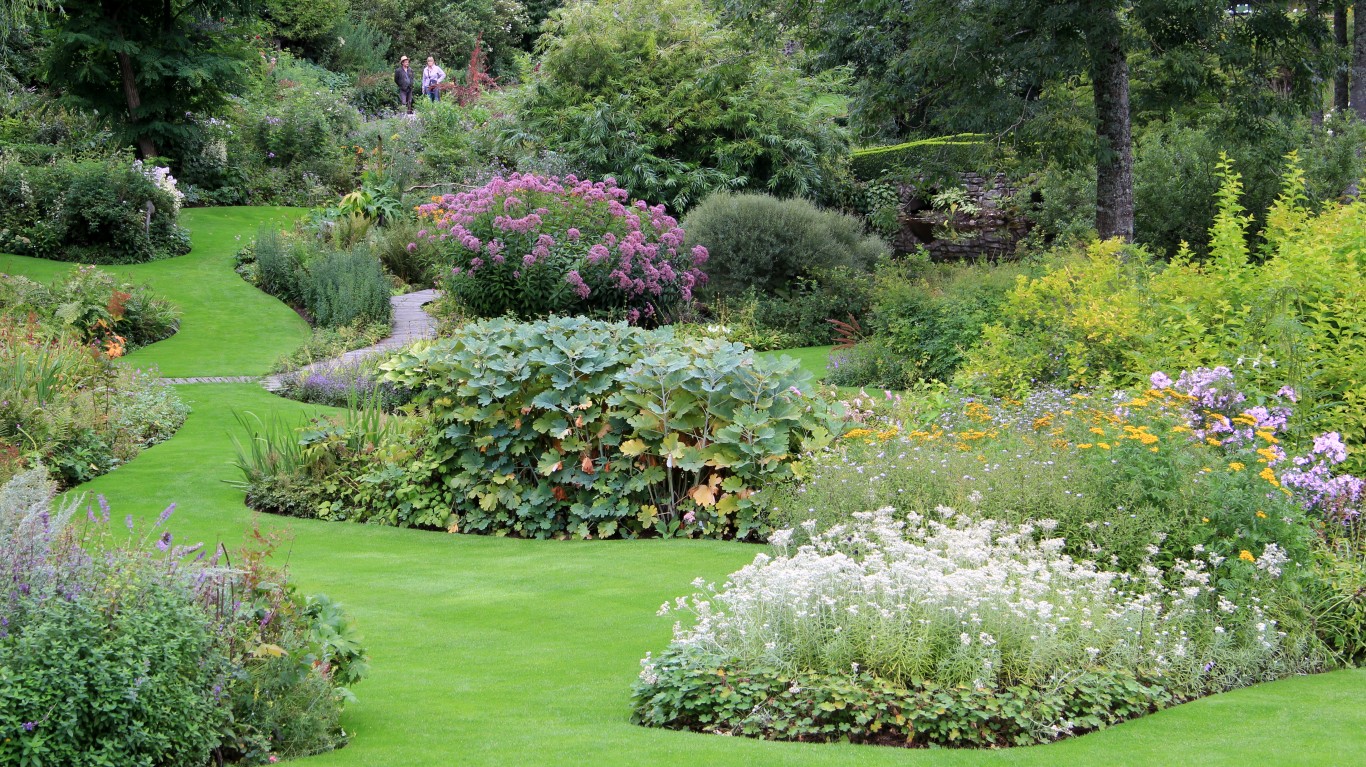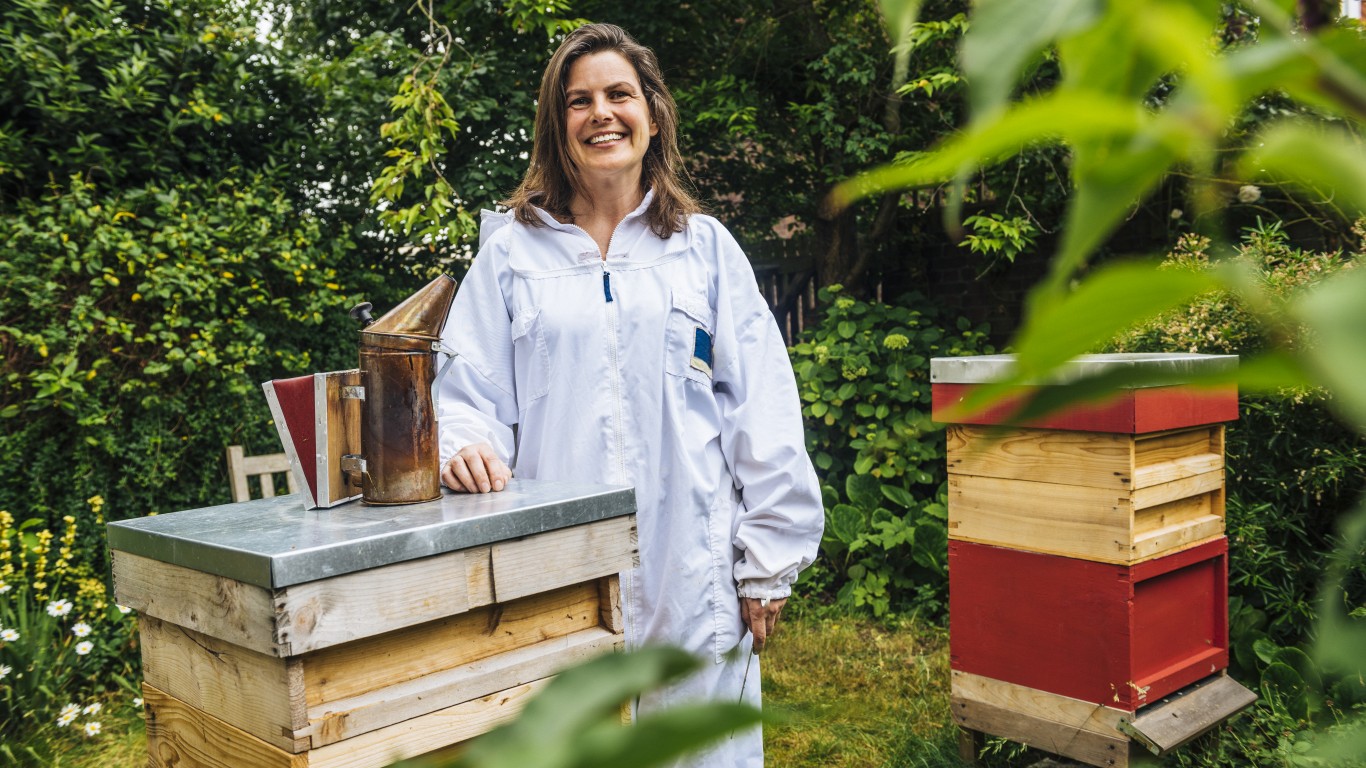Special Report
What Everyday People Can Do To Help Honey Bees And Pollinators

Published:
Last Updated:

Animal pollinators – bees, wasps, beetles, ants butterflies, birds, and others – perform the essential task of fertilizing plants. Without them, many plant species would decline or disappear, along with their oxygen-producing benefits, their erosion-preventing root systems, and the life-sustaining food they supply. According to the United State Forest Service, nearly 80% of the 1,400 food crops grown around the world rely on pollinators.
The vital importance of pollinators — which fertilize plants by moving pollen, the male sex cells of plants, to female receptors — came to public attention after the winter of 2006-07 when reports from beekeepers documented 30%-90% losses of bee colonies. The main reason was colony collapse disorder (or CCD), where worker bees disappeared from the hive, inexplicably leaving behind the queen, baby bees, honey, and pollen.
Since that time, the rate of bee loss has subsided somewhat but still remains high, with beekeepers reporting losing about a third of their colonies every year. Because bees are the most important pollinators, the world has reason to worry.
Research into the cause of the CCD phenomenon is ongoing, but it appears that there are a number of factors that contribute to pollinator loss. According to the United States Department of Agriculture, factors include: synthetic pesticides; the loss or changes in pollinator habitat; and pests and parasites, including invasive species, that prey on pollinators — and these are the most devastating invasive species in America.
In the case of honey bees, an additional factor may be the stress experienced when bees are transported to distant locations for pollination services.
As scientists continue to study and respond to the causes of pollinator loss, there are things that any one of us can do to protect bees and their pollinating cohorts. As we work to increase pollinator habitat — by keeping toxic materials out of the environment, supporting beekeeping, and advocating for public policies that recognize our dependence on these tiny creatures — we are also protecting ourselves and our food supplies. Bees are the world’s most important pollinators, and, therefore, critical to the world’s food supply — here are 20 crops that will be most affected if honey bees disappeared.
Click here to read about what you can do to help honey bees and pollinators.

Plant a bee garden
Bees are suffering from loss of habitat. By giving up some of your lawn to flowers and herbs you are welcoming the bees and helping them to survive. The bees will return the favor by pollinating your flowers, fruits, and vegetables, enhancing the beauty and abundance of your gardens.
You will not need to learn any esoteric new gardening skills. A bee garden is like the flower gardens you’ve known all your life, though choosing the right flowers can improve the garden’s attractiveness to bees. Because they contain more nectar, bees like bright-colored, single-headed flowers more than showier double-headed flowers. You will also want to plant varieties that bloom at different times of the year to keep the bees fed and the garden active from spring until fall.
[in-text-ad]

Introduce bees to the community
Work with other community members to place beehives in schools and other community spaces. The hives not only help grow bee populations and help with local pollination, but also can serve to educate children and adults alike about the critical role bees play in our lives. A nonprofit organization called The Honeybee Conservancy runs a Sponsor-a-Hive program, which provides bees, equipment, training, and educational materials to qualified organizations.

Give bees some space at home
Set aside some non-manicured space on a corner of your lawn or in a community garden. While we think of bees in terms of swarms and hives, most bees are solitary, and 70% of all bees, including bumble bees, live in holes in the ground. Weedy, undisturbed soil near your garden works best for these creatures.

Build a home for bees
Many non-honey bees burrow into tree holes, hollow sticks, and dead branches. They are not particularly fussy about their residence as long as there is nectar nearby. Many people have had great success in attracting bees by creating “nesting blocks,” also known as “bee condos.” These are, very simply, wooden blocks with a number of drilled holes of varying sizes, mounted on a post.
[in-text-ad-2]

Increase community habitat
Work with neighbors and community organization to find and use green space in your neighborhood for the bees. Create a “habitat corridor” by planting bee gardens in parks, along roadsides, and in other public spaces. The urban sprawl that has reduced bee habitat can be partially reclaimed in this way, providing a livelihood for bees and fresh beauty in the community.

Become a beekeeper
If you have the time, space, and patience it takes to start and maintain a beehive, learn the art of beekeeping. Think of bees the way you think of pets or farm animals, as needing your care, protection, and specialized knowledge to thrive. There are many online resources and local clubs to help you purchase the right equipment, keep your bees happy, and harvest honey. To get it right, it is best to seek the guidance of experienced beekeepers.
[in-text-ad]

Provide a non-toxic environment for your pollinators
In 2017, two different large-scale studies confirmed what had been suspected for years: a class of pesticides used across the agriculture sector known as neonicotinoids kills bees slowly over time, even when applied miles away from bee populations. Queen bees are particularly vulnerable. This past May, the U.S. Environmental Protection Agency banned 12 out of 59 registered neonicotinoid products as part of a settlement brought by environmental groups under the Endangered Species Act. The groups have pledged to challenge the remaining products when they come up for reregistration in 2022.
Only two months after the settlement over neonicotinoids, the EPA lifted a previous ban and approved new uses of the pesticide sulfoxaflor for corn and a number of other crops, including pumpkins, which are totally reliant on bees for pollination. The administrator of the EPA’s pesticide program maintained that the pesticide is a “highly effective tool” for farmers, despite the fact that the agency also considers it “highly toxic to bees.”
Because of the known impacts of some pesticides on bees, and the fact that information about the impact of pesticides and chemical fertilizers is incomplete, consider using organic sprays and beneficial insects to protect your garden from pests. If pests persist, employ integrated pest management (IPM) practices to minimize toxicity and application times.
Credit card companies are pulling out all the stops, with the issuers are offering insane travel rewards and perks.
We’re talking huge sign-up bonuses, points on every purchase, and benefits like lounge access, travel credits, and free hotel nights. For travelers, these rewards can add up to thousands of dollars in flights, upgrades, and luxury experiences every year.
It’s like getting paid to travel — and it’s available to qualified borrowers who know where to look.
We’ve rounded up some of the best travel credit cards on the market. Click here to see the list. Don’t miss these offers — they won’t be this good forever.
Thank you for reading! Have some feedback for us?
Contact the 24/7 Wall St. editorial team.